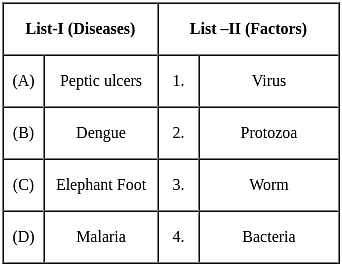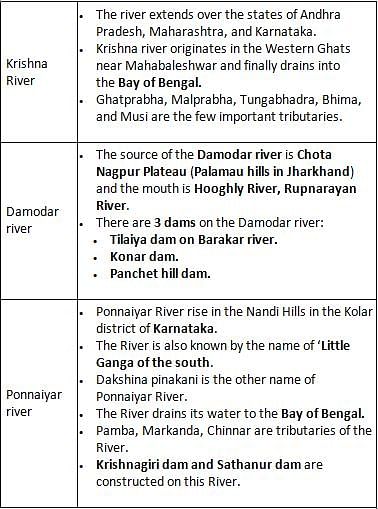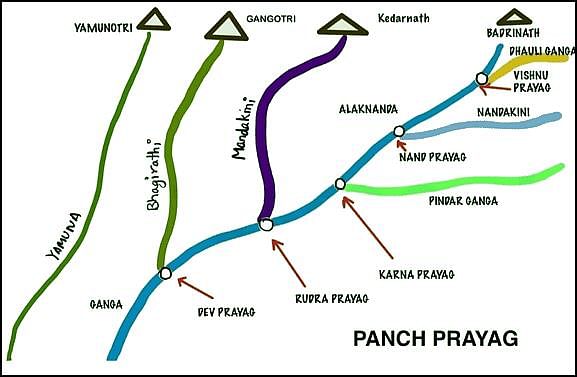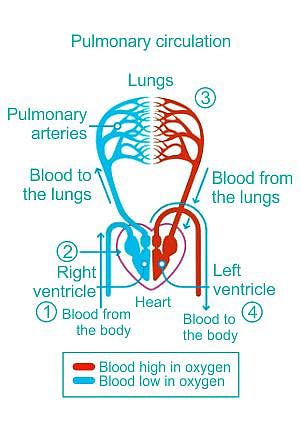RRB NTPC General Awareness Test - 3 - RRB NTPC/ASM/CA/TA MCQ
30 Questions MCQ Test - RRB NTPC General Awareness Test - 3
Gross National Product is obtained from the Gross Domestic Product by adjusting it for:
Which of the following river is a west flowing river in India?
| 1 Crore+ students have signed up on EduRev. Have you? Download the App |
Who launched 'Mera Yuva Bharat (MY Bharat)’ platform on the National Unity Day?
Ghiyasuddin Balban (1265-1286 AD), ruler of the Slave dynasty, took up the title of __________.
Who returned the 'Knighthood' title to the British Government in reaction against Jalianwala Bagh Massacre?
___________ is the deepest landlocked and well-protected port.
In India, palm, coconut, keora, agar are the common trees of which of the following forests?
Name the Football Club that has recently defeated East Bengal Football Club to win the 132nd edition of Durand Cup 2023 trophy.
The PM Vishwakarma Yojana is aimed to benefit the _________
The capital of Emperor Ashoka, the Great, who ruled India for 40 years was then known as,
What is the theme of the 54th World Economic Forum Annual Meeting 2024?
On the banks of which river did the Vedic civilization develop?
Which of the following pair of confluence is correct?
I. Rudra Prayag - Alaknanda and Mandakini
II. Karna Prayag - Vishnu Ganga and Dhauli Ganga
Which of the following Provision is a part of both Directive Principles of State Policy and Fundamental Duties?
The blood-vessel containing deoxygenated blood is
Consider the following statements:
- In a seismograph, P waves are recorded earlier than S waves.
- In P waves, the individual particles vibrate to and fro in the direction of wave propagation whereas in S waves, the particles vibrate up and down at right angles to the direction of wave propagation.
Which of the statements given above is/are correct?
Which daily newspaper was started in Marathi by Bal Gangadhar Tilak?
Union Minister Amit Shah inaugurated the country's first Nano DAP plant at which location?
At which place Union Minister Nitin Gadkari launches world's first 100% Ethanol-fueled car?
Recently In May 2023, A new book titled as ‘My Life as a Comrade’ was seen in news. It has been authored by whom ?
Preet writes about an ocean that separates North America from Europe. Which ocean is it?
Match list-I with list-II and select the correct answer using the code given below:

Which is the second highest mountain in the Garhwal region of Uttarakhand?
This festival was started by the Government of Nagaland In 2000 to encourage interaction among tribes and to promote the cultural heritage of the State. Identify the festival.
Who has been appointed as the new Managing Director and CEO of SBI Capital Markets as of Feb 2024?




















